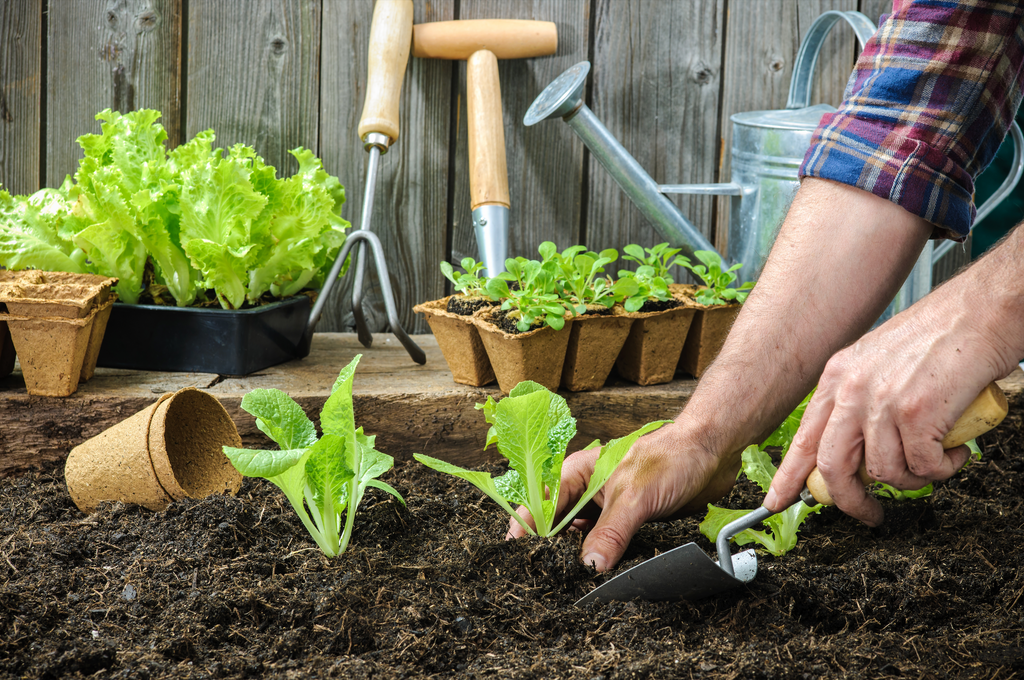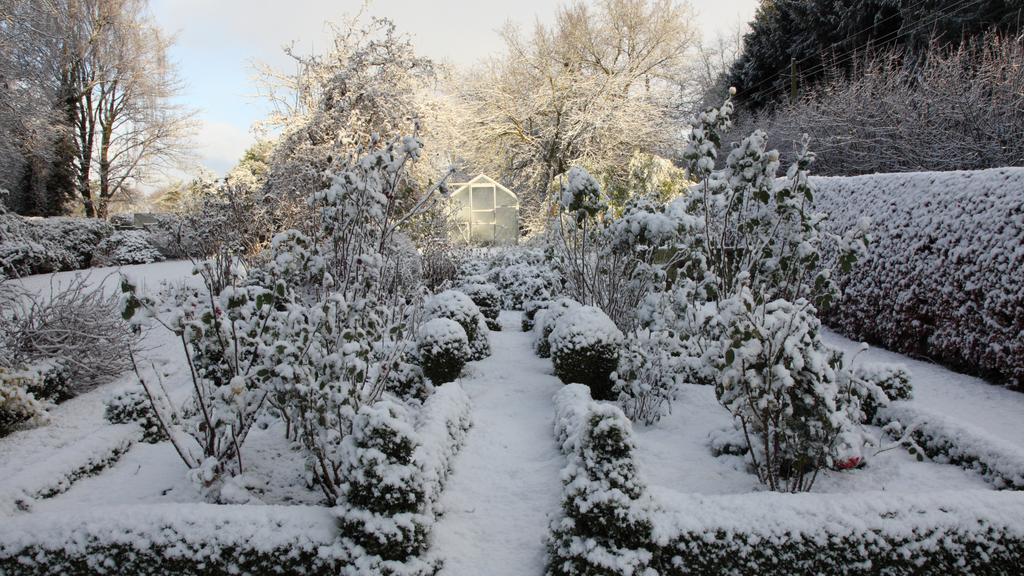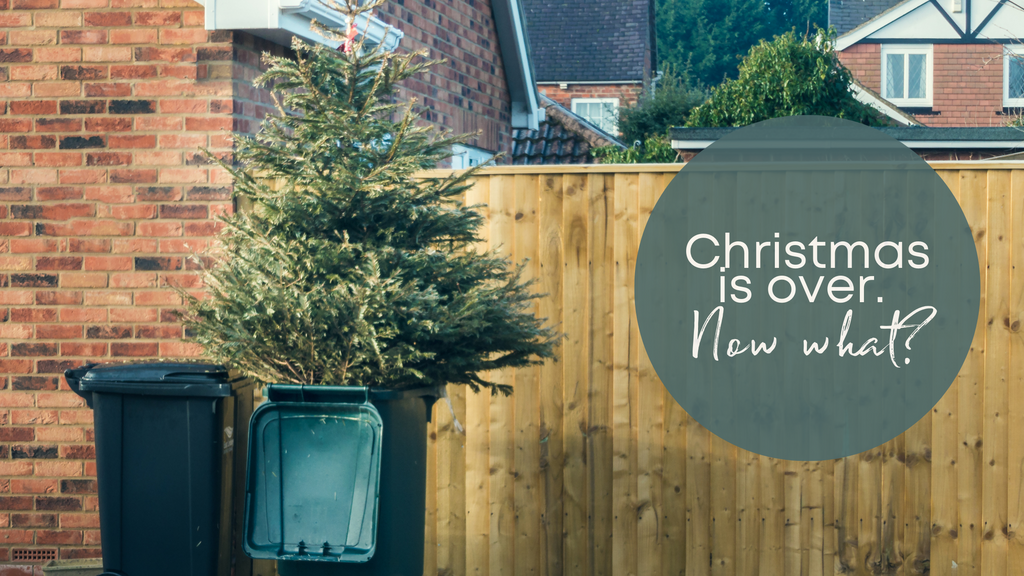
Gardening Lingo 101

The difference between perennial, annual and biennial plants
The pandemic has changed all of us in some way or another. It has made us cherish the outdoors, appreciate greenery, and even has some of us thinking of turning that spot in the backyard into our home garden.
Before getting caught up in the handiwork of building a scarecrow, we realised that if we wanted to ‘walk-the-walk’, we had to first ‘talk-the-talk’.
As you follow this blog, we hope that you, too, will be able to sprout out flowery anecdotes, soil-rich wisdom, and branched metaphors – at least about gardening.
For this lesson, we will keep it simple and focus on types of plants.
There are three main types, namely: annual, biennial and perennial.
The names usually indicate the lifespan of the plants in question and whilst the annual ones tend to die on you before the year is up, perennials, in some cases, can outlive the average human lifespan.
To break it down further, here is a quick guide:
Annual plants
These are plants that germinate, flower, set seed, and die all in one season. The biggest noticeable difference is in the number of seeds they produce. For instance, think of corn, watermelon and even peas. These are also great beginner plants as you may find that gardening isn’t for you, and you may not want to commit to more than a year to your crop.
Also try growing lily flowers, as this is a famous annual plant. The best time to plant annuals will be just after the frost, and depending on where in the UK you may be, this could be mid-May or even early June.
With constant pruning and daily watering, your annual plants should thrive.
Biennial plants
If a plant completes its lifecycle in two years – it falls under the ‘biennial’ category.
Biennial plants spend their first year growing leaves, stems, and roots. This requires the avid gardener to have just a little bit of patience as in their second year, the biennial plant will produce flowers and seeds and then die. The most famous example of such a plant is the ‘Daucus Carota’, commonly known as, yes, you guessed it, the carrot.
As Biennials plants need time to bulk up and grow before flowering the next year, the optimum time to sow them is usually late spring or early summer. Be sure to mulch with compost and remove damaged foliage and your plants should do great.
Perennial plants
According to Wikipedia, a perennial plant (Link: https://en.wikipedia.org/wiki/Perennial_plant) or simply perennial is a plant that lives more than two years.
In gardening, perennials are important as their extensive root systems assist with soil management by preventing soil erosion and weed control. You’ll find that many herbs are perennials and, if done right, you can ensure a steady supply of mint, sage, thyme and even rosemary for years to come.
For a visually appealing garden, note that tulip flowers and lotus flowers fall under this category. Begin by sowing your perennials in spring – the warming soil encourages growth. Also, by remembering to cut back your stems and dig up your bulbs, your perennials should return year after year.
For hassle-free flower delivery, fresh produce (and much more), visit us at UCS Fresh.







